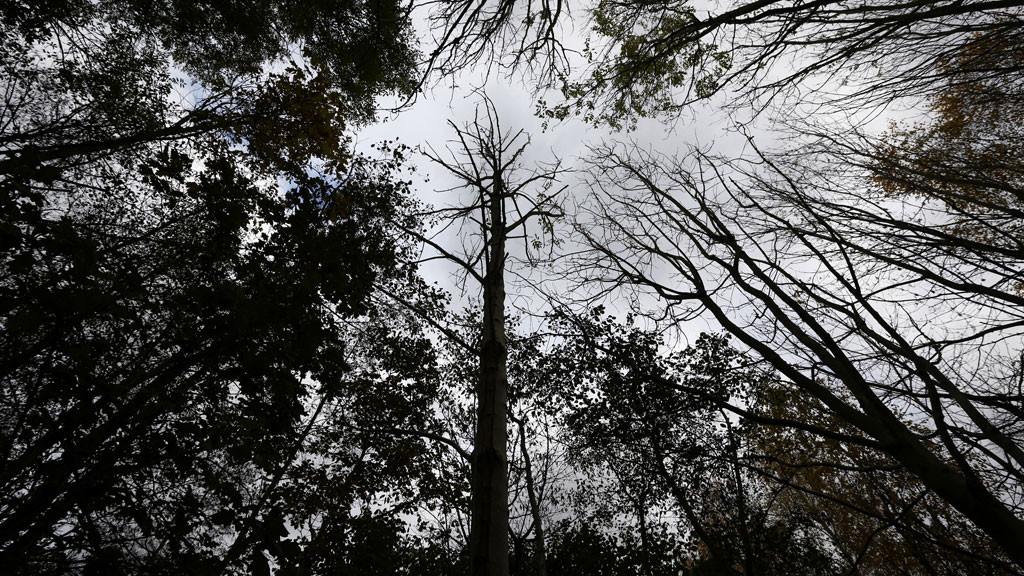Ash action plan ‘too little too late’, say campaigners
Government plans unveiled on Thursday to tackle the spread of ash dieback disease are labelled weak and under-resourced by campaign groups.

According to the plan, efforts will be focused on studying how the ash dieback fungus chalara fraxinea reproduces in the leaf litter beneath trees, and some how trees in other parts of Europe have survived the disease.
But it scales back efforts to identify and destroy all imported saplings that may carry the disease.
Bans on the import of ash will remain in place and new guidance will be given to landowners and nurserymen on how to manage woods to limit the likelihood of spreading the fungus more widely.
The plan also sets out how European funding will be sought to train and organise teams of amateur naturalists to identify and report cases of ash dieback and other tree diseases.
“The plan I have set out today shows our determination to slow the spread and minimise the impact of chalara,” said Environment Secretary Owen Patterson. “It will also give us time to find those trees with genetic resistance to the disease and to restructure our woodlands to make them more resilient.”
Plan ‘doesn’t help’
But wildlife groups say the plan doesn’t match the scale of the problem.
“The limited actions and weak commitments set out in the plan will not be enough to achieve the aim of controlling the spread of the disease,” said Dr Simon Pryor, director of the natural environment at the National Trust. “It’s far too little, too late.”
Campaigners welcome the involvement of volunteers in tracing the disease, but argue that without meaningful financial support from government the stragety won’t deliver.
The control plan estimates the value of British woodlands at about £1.2bn if their recreation value and “ecosystem services” are taken into account. Ash may accounting for up to £120m of that value.
But according to critics the value of “natural infrastructure” was completely ignored in the chancellor’s autumn statement which annouced billions of pounds of new investment for schemes like road building.
Ignoring the problem would be ‘catastrophic’
“Government as a whole simply can not afford to ignore the benefits our trees and woods deliver,” said Sue Holden, chief executive of the Woodland Trust. “The consequences of doing so could be catastrophic, not only for the environment but for the UK economy too.”
The plan also calls for more use of social media to identify the disease and track its spread. This follows the success of the “ashtag” app in helping members of the public identify and then refer cases of ash dieback to the forestry commission.
The research arm of Defra will work with citizen science groups like the OPAL consortium to study ash dieback when it begins to spread again next spring.
According to Defra, the disease has now been found in 237 sites in the UK, 127 of them in forests and woods not associated with imported trees.
In November East Sussex became the 11th county to host the disease, along with Norfolk, Suffolk, Essex, Kent, West Sussex, Berkshire, Bedfordshire, Lincolnshire, Yorkshire and Northumberland.
-
Latest news
-
As India goes to the polls in the world’s largest election – what do British-Indians think?6m

-
Tees Valley: Meet the candidates in one of the biggest contests coming up in May’s local elections4m

-
Keir Starmer says public sector reform will be a struggle7m

-
Nicola Sturgeon’s husband Peter Murrell charged with embezzlement of funds from SNP1m

-
Ukraine might finally get $60billion in American weapons and assistance to defend against Russia3m

-




